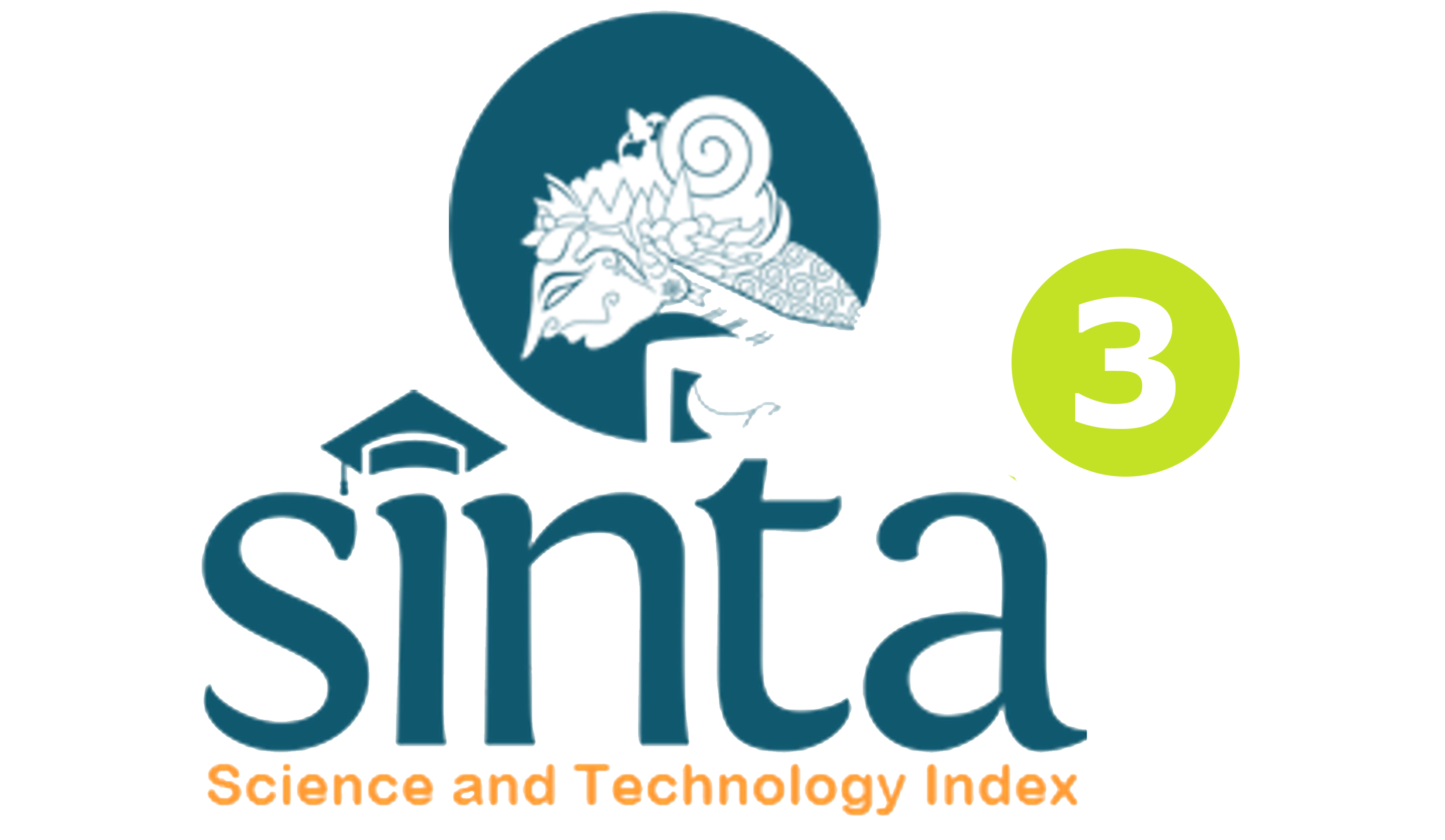PENERAPAN PERKEMBANGAN KARIR GINZBERG DENGAN TEKNIK MODELING UNTUK MENINGKATKAN KEMATANGAN KARIR SISWA KELAS X TITL2 SMK NEGERI 3 SINGARAJA
DOI:
https://doi.org/10.23887/jibk.v2i1.4411Abstract
Penelitian tindakan bimbingan konseling ini bertujuan untuk mengetahui keefektikan penerapan perkembangan karir ginzberg dengan teknik modeling untuk meningkatkan kematangan karir siswa kelas X TITL2 SMK Negeri 3 Singaraja. Hipotesis penelitian ini, Apabila Penerapan Teori Karir dengan Teknik Modeling, keterkaitannya makin kuat, maka Kematangan Karir siswa kelas X TITL 2 di SMK Negeri 3 Singaraja semakin tinggi.. Jenis penelitian ini adalah Penelitian Tindakan Bimbingan Konseling. Subjek penelitian ini yaitu siswa kelas X TITL2 yang berjumlah 28 orang. Penelitian ini menggunakan teknik modeling melalui metode pengumpulan data yang digunakan dalam penelitian ini adalah observasi, wawancara, kuisioner, dan analisis data. Penelitian ini dilaksanakan dalam dua siklus, dan setiap siklus terdiri dari identifikasi, diagnosa, prognosa, konseling(treatment)yang diberikan sebanyak 4 kali pada siklus I dan II, evaluasi dan tahap refleksi. Jika siswa sudah memenuhi kriteria secara kuantitatif dan kualitatif, maka siswa tersebut telah tuntas pada siklus I maka tidak perlu diberikan treatment pada siklus II. Pencapaian peningkatan kematangan karir siswa kelas X TITL2 siklus I adalah siswa yang berinisial PAG mencapai 65,33% kateori sedang, LAP mencapai 62,00% kategori rendah, NPS mencapai 65,33% kategori sedang, RFD mencapai 67,33% kategori sedang, dan GYK mencapai 66,00% kategori sedang. Pencapaian peningkatan kematangan karir siswa kelas X TITL2 pada siklus II, adalah siswa yang berinisial PAG mencapai 80,67% kateori tinggi, LAP mencapai 82,67% kategori tinggi, NPS mencapai 82,67% kategori tinggi, RFD mencapai 82,67% kategori tinggi, dan GYK mencapai 84,00% kategori tinggi.Kata Kunci : Perkembangan Karir Ginzberg, Modeling, Kematangan Karir
Counseling action research aims to determine the effectiveness of career development Ginzberg application of modeling techniques to improve the career maturity of tenth graders TITL2 SMK N 3 Singaraja. The hypothesis of this study, When Applying Theory to Engineering Modeling Career, the stronger the association, the Career Maturity class X TITL 2 at SMK N 3 Singaraja higher. This research is an action research Counseling. The subjects are students of class X TITL2 28 in total. This study uses modeling techniques through data collection methods used in this study is the observation, interviews, questionnaires, and analysis of data. This study was conducted in two cycles, and each cycle consisted of the identification, diagnosis, prognosis, counseling (treatment) were given 4 times in cycle I and II, evaluation and reflection phase. If the student has met the quantitative and qualitative criteria, then the student has completed the first cycle of treatment it does not need to be given on the second cycle. Achievement of an increase in career maturity class X TITL2 first cycle is the initials of students achieving PAG reached 65.33% middle category, LAP reached 62.00% lower categories, NPS reached 65.33% medium category, RFD reached 67.33% reaches the medium category, GYK reached 66.00% and the moderate category. Achievement of an increase in career maturity class X TITL2 on the second cycle, students who are identified as PAG reached 80.67% higher category, LAP reached 82.67% higher category, NPS reached 82.67% higher category, RFD reaches 82.67% category high, and GYK reached 84.00% higher category.
keyword : Career Development Ginzberg, Modeling, Career Maturity
Published
Issue
Section
License
Jurnal Ilmiah Bimbingan Konseling Undiksha is an Open Access Journal. The authors who publish the manuscript in this journal agree to the following terms:
JIBK is licensed under a Creative Commons Attribution 4.0 International License. This permits anyone to copy, redistribute, remix, transmit and adapt the work provided the original work and source is appropriately cited.
This means:
Jurnal Ilmiah Bimbingan Konseling is licensed under a Creative Commons Attribution 4.0 International License.
(1) Under the CC-BY license, authors retain ownership of the copyright for their article, but authors grant others permission to use the content of publications in JIBK in whole or in part provided that the original work is properly cited. Users (redistributors) of JIBK are required to cite the original source, including the author's names, JIBK as the initial source of publication, year of publication, volume number, issue, and Digital Object Identifier (DOI); (2) The authors are the copyright owner of the article, and the author grants the JIBK held the first publication right.









.png)

.jpg)
